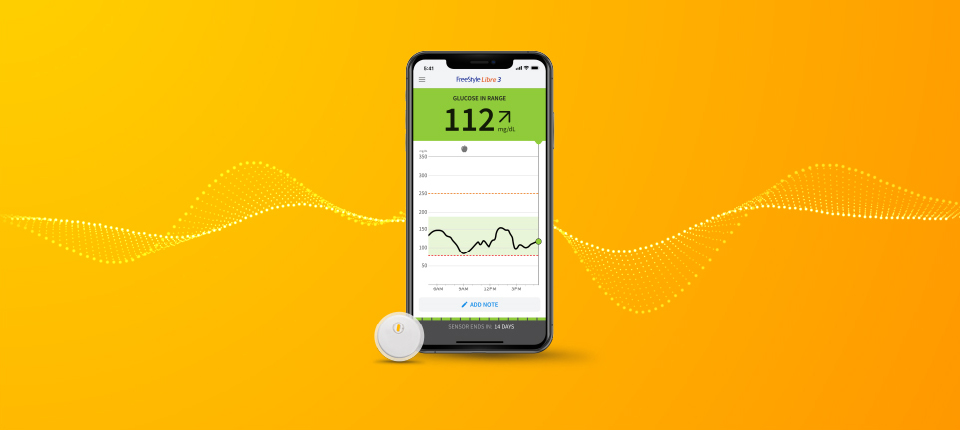Myth 2: Monkeypox can spread through water.
Public health researchers conduct wastewater surveillance to analyze used water from household appliances, sinks, toilets, businesses and other facilities to track the spread of COVID-19. Although SARS-CoV-2 can be shed in feces, there isn't any information to date that individuals can get sick with COVID-19 because of direct exposure to treated or untreated wastewater. This is also thought to be the case for monkeypox – wastewater surveillance is utilized for this virus to understand its levels in communities.
WastewaterSCAN is a nationwide initiative between Stanford University and Emory University that looks for both COVID-19 and monkeypox in wastewater. Marlene Wolfe, an environmental microbiologist and epidemiologist at Emory who is working within the initiative, said, "We don't have any expectations or concerns about monkeypox spreading through drinking water."
Drinking water goes through an extensive treatment process, and its source is separate from wastewater. Public water systems treat the source of people's drinking water, which is either surface water or ground water, so debris and bacteria are removed long before you fill your glass at the kitchen sink.
Myth 3: Monkeypox is a sexually transmitted disease.
Monkeypox is part of the virus family that causes smallpox and is currently not considered a sexually transmitted disease or infection. The CDC says that monkeypox can be spread to anyone through close, personal contact, which can include sexual contact. A study published in The New England Journal of Medicine found that, in 95% of cases, sexual contact was the most likely reason why a person in the study group caught the virus.
To reduce the risk of getting monkeypox at public venues, such as concerts, it's recommended to minimize skin-to-skin contact and to keep to venues where people will be fully clothed. Otherwise, keep to the back of the crowd and enjoy the extra space to dance.






FOLLOW ABBOTT